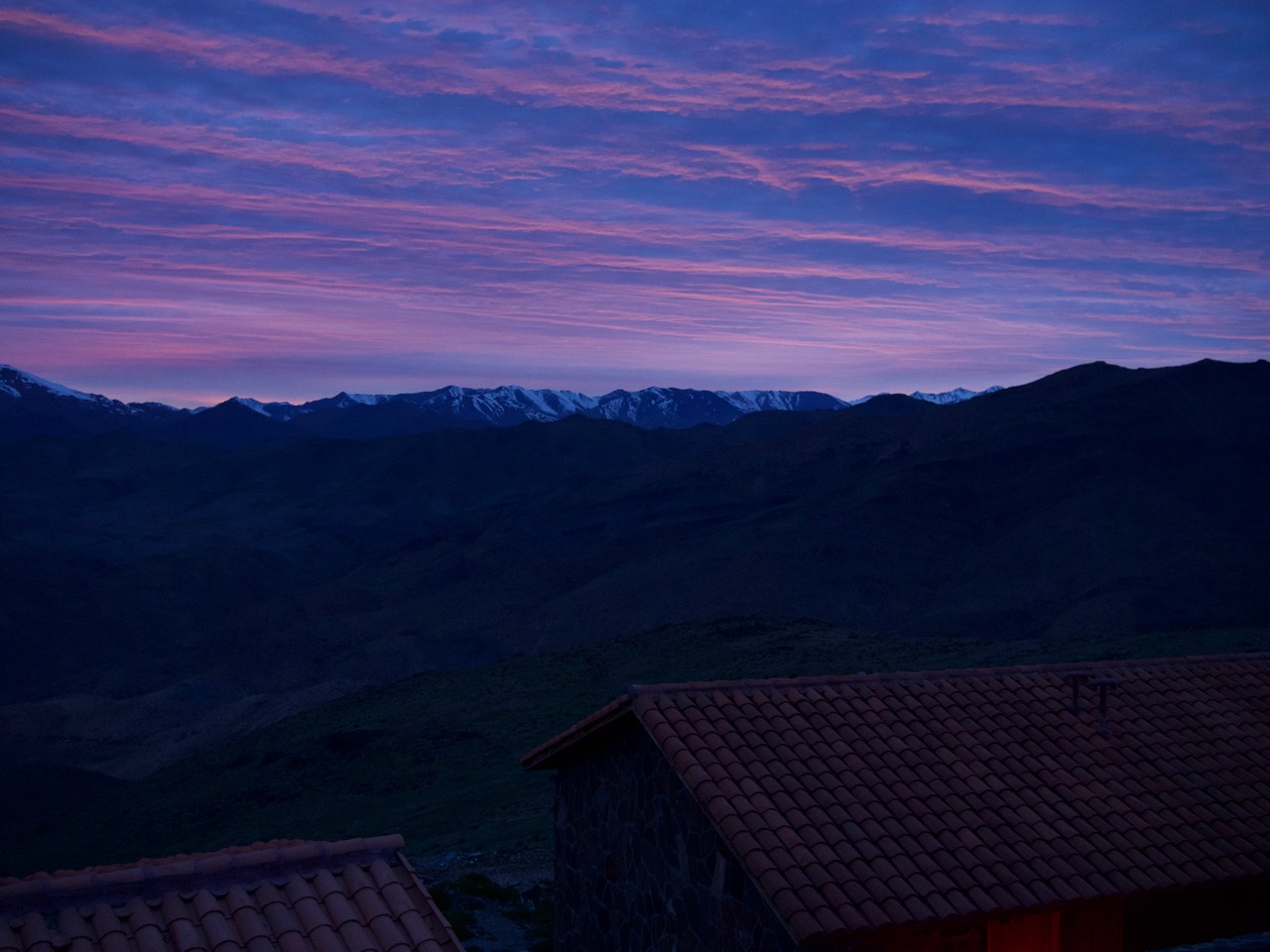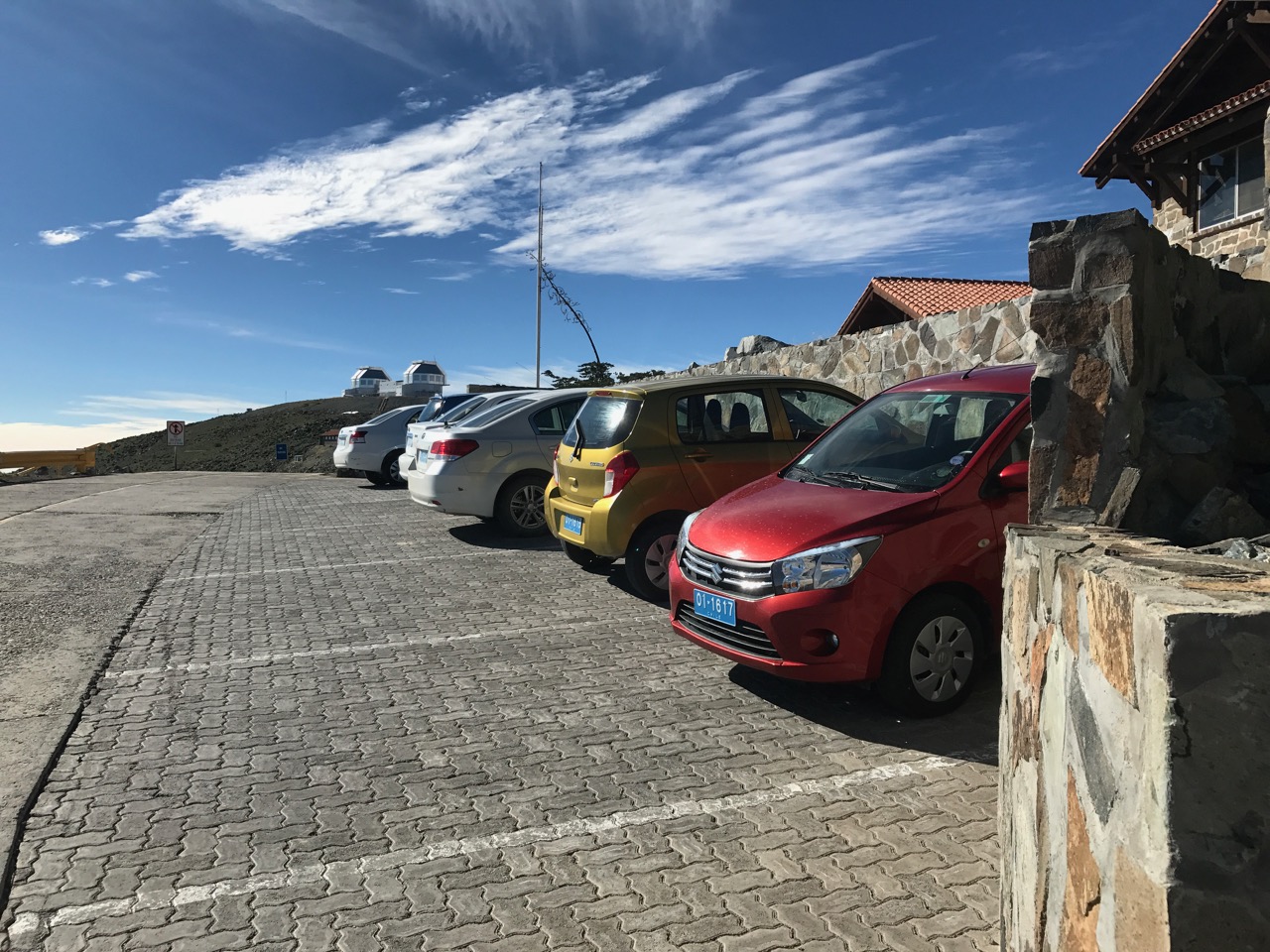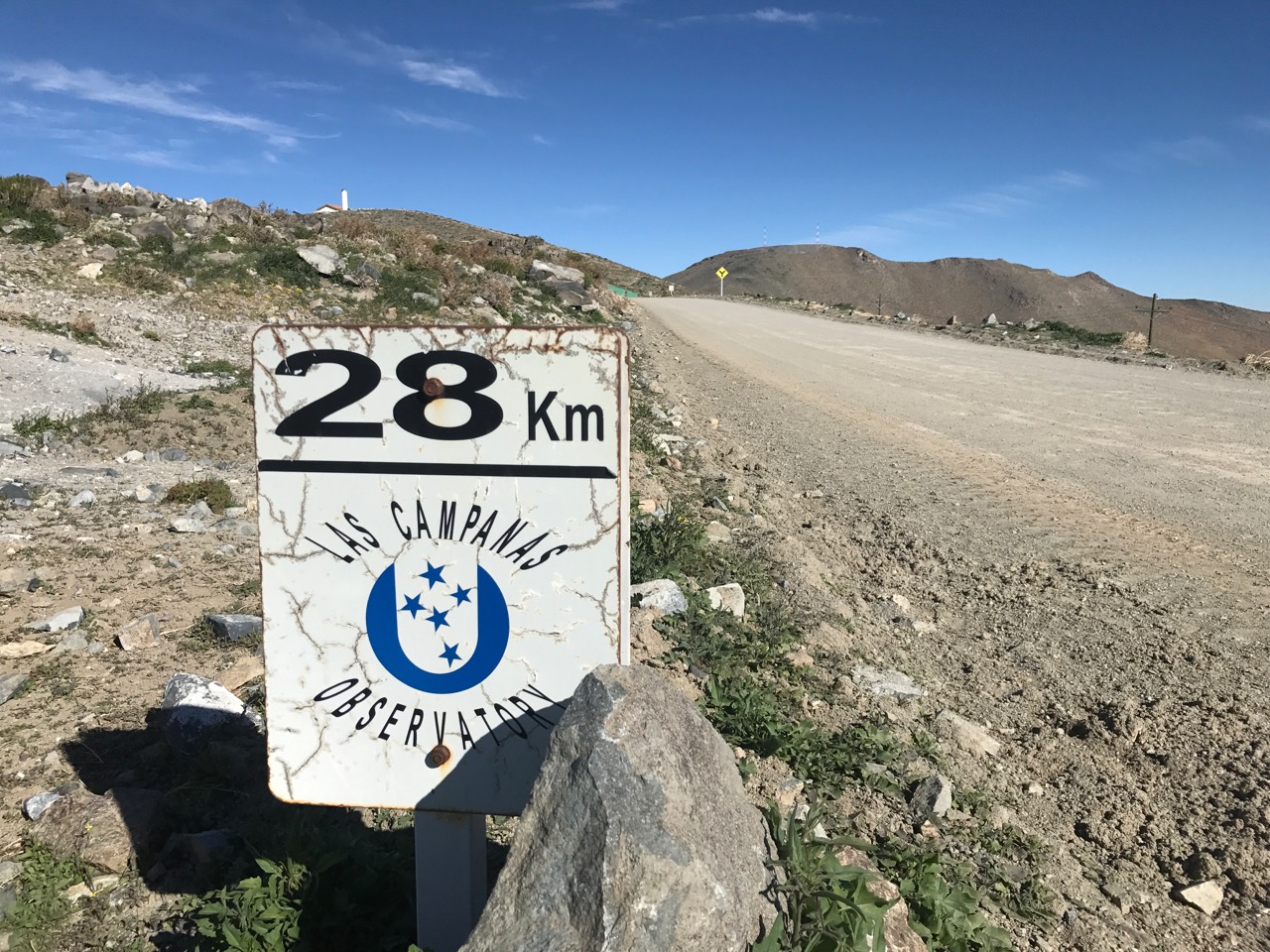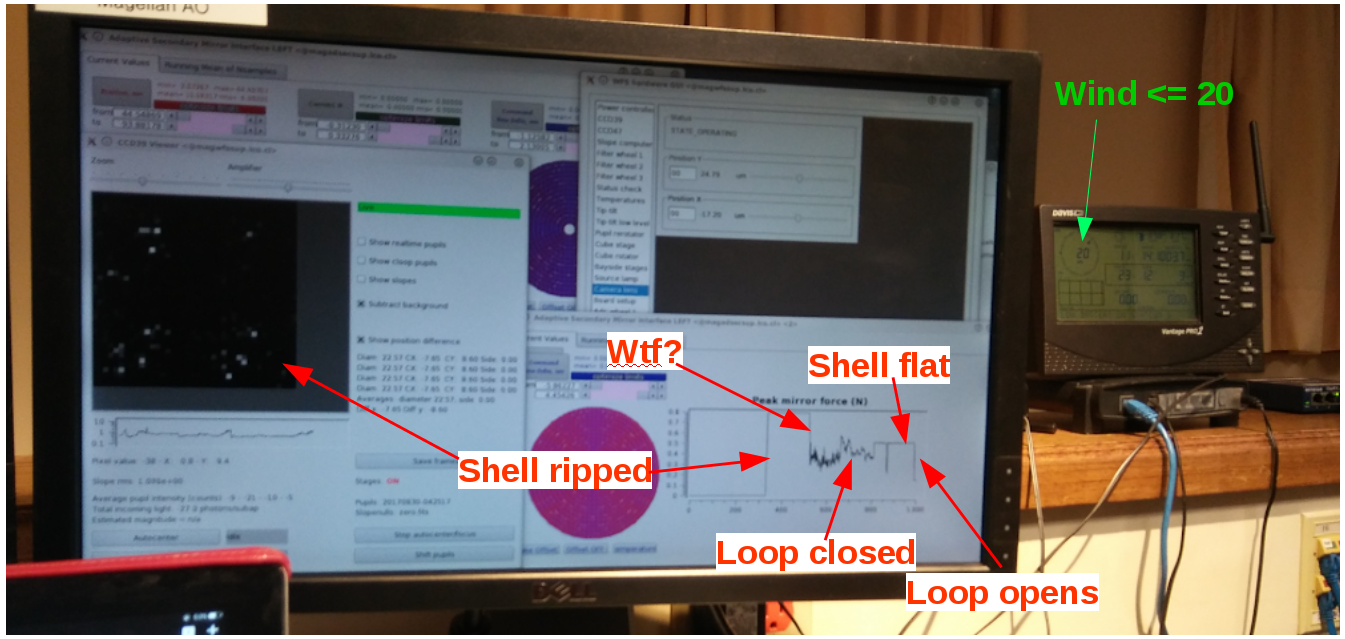The most exciting thing to happen tonight, alas, was the return of our friend the owl. You can see her or him silhouetted nicely here against that white background known as clouds. Note the red and blue dots representing where the telescopes are pointing are straight up overhead — that’s because both domes are closed with both telescopes at rest.
We were wondering tonight about the attraction of the all sky camera to the owl. Does it reflect some light so it looks like the eye of a small edible critter? Is the owl vain and looking at its reflection? Is the camera just conveniently located on the ridge where there are plentiful mice about? Is one of the staff baiting the camera to keep us entertained? In this era of fake news, my own son accused me of making up the Magellanic Horned Owl, because it seemed too much of a coincidence to him that I’d be sitting at Magellan and seeing the Bubo Magellanicus.
In other wildlife news, today I saw a herd of (loud) burros, one small vizcacha, and a lot of (loud) birds. I had a lovely walk this afternoon when the sun was out, the birds were tweeting, and I was still optimistic the clouds would clear. There seems to be an exceptional amount of greenery and flowers around, as you can see below. During a public outreach event a couple years ago I made a joke about how green plants were bad for astronomy, meaning of course, that plants need water and open domes don’t. OK, so it wasn’t funny and apparently also went over the head of at least one member of my audience who the asked why the stars cared about the plants.
“And there’s something bout the Southland in the springtime.” This wasn’t the South-land that the Indigo Girls had in mind (Texas this is not, and I’m happy to be a Yankee – but not for baseball!), but it does appear to be spring time.
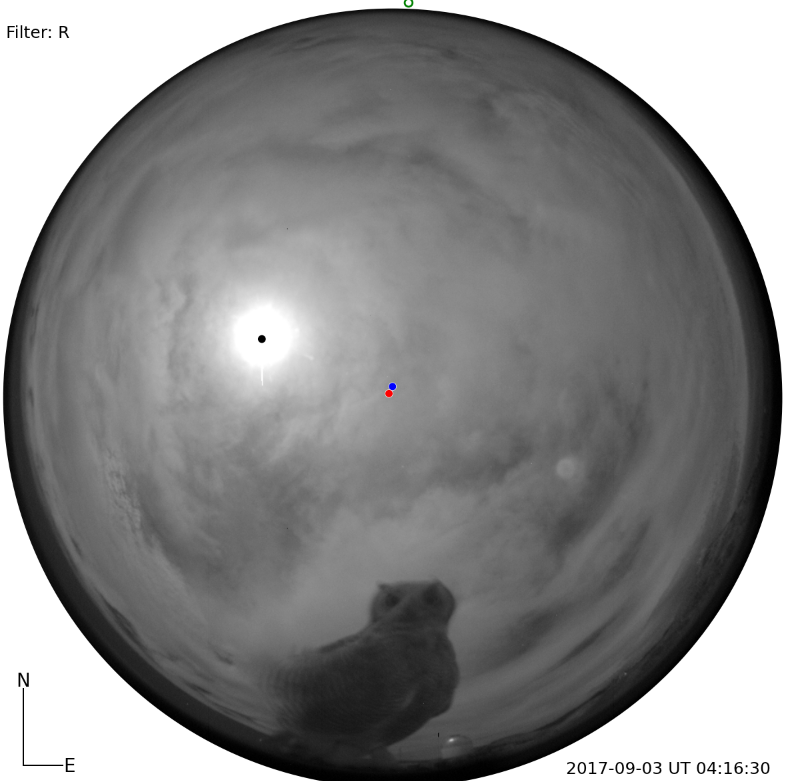
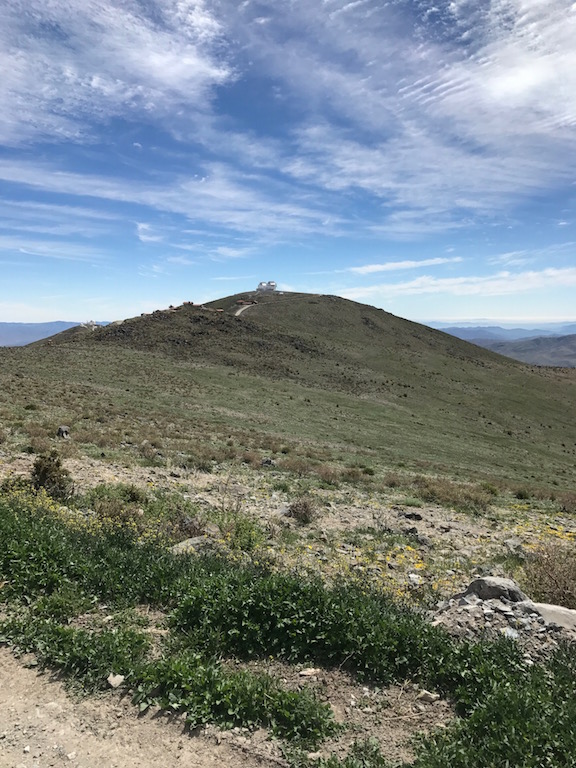
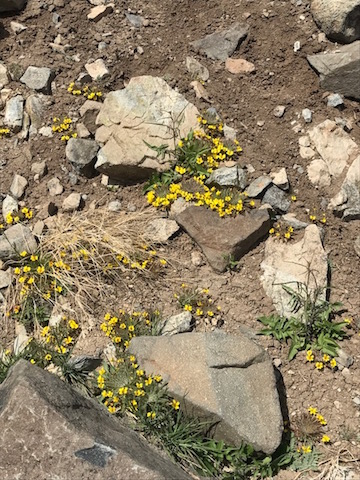
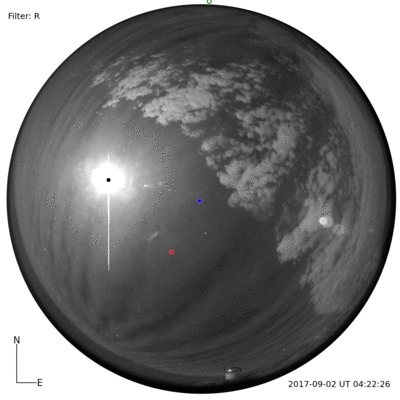

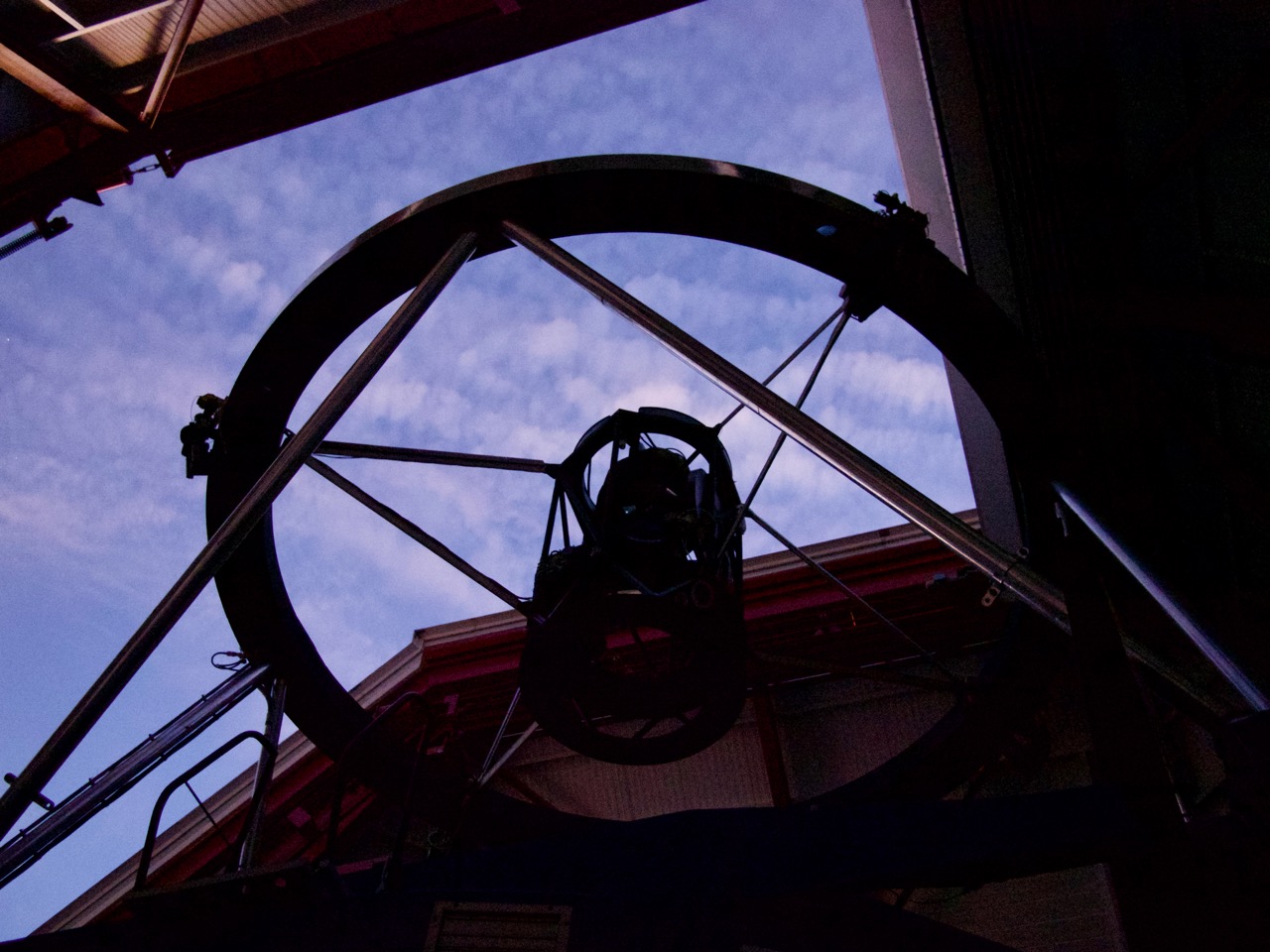
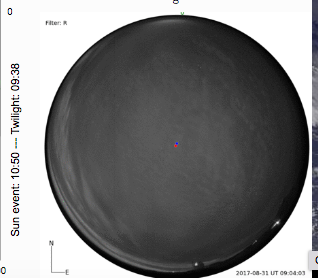
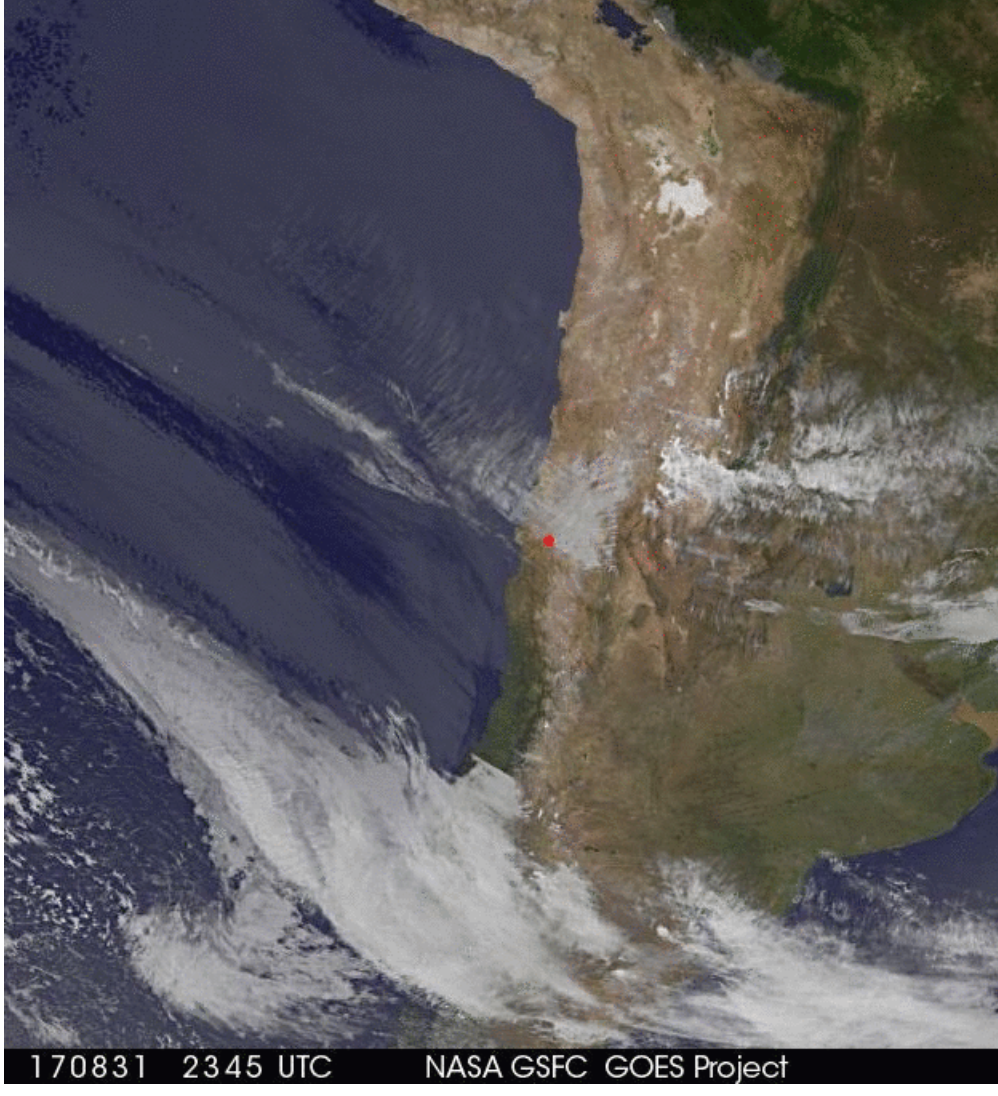
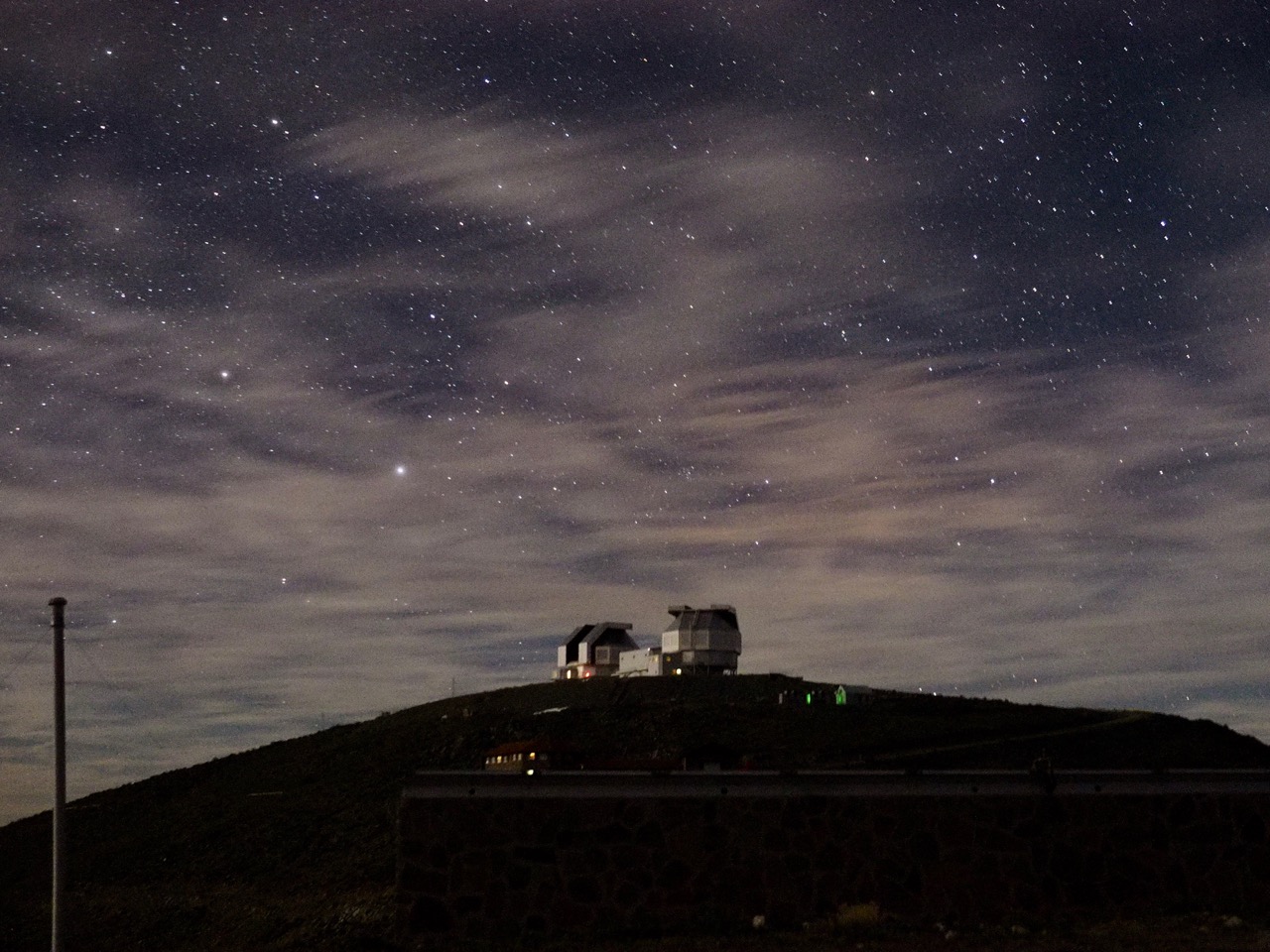 and noted clouds as we walk to breakfast in the minutes before dawn:
and noted clouds as we walk to breakfast in the minutes before dawn: